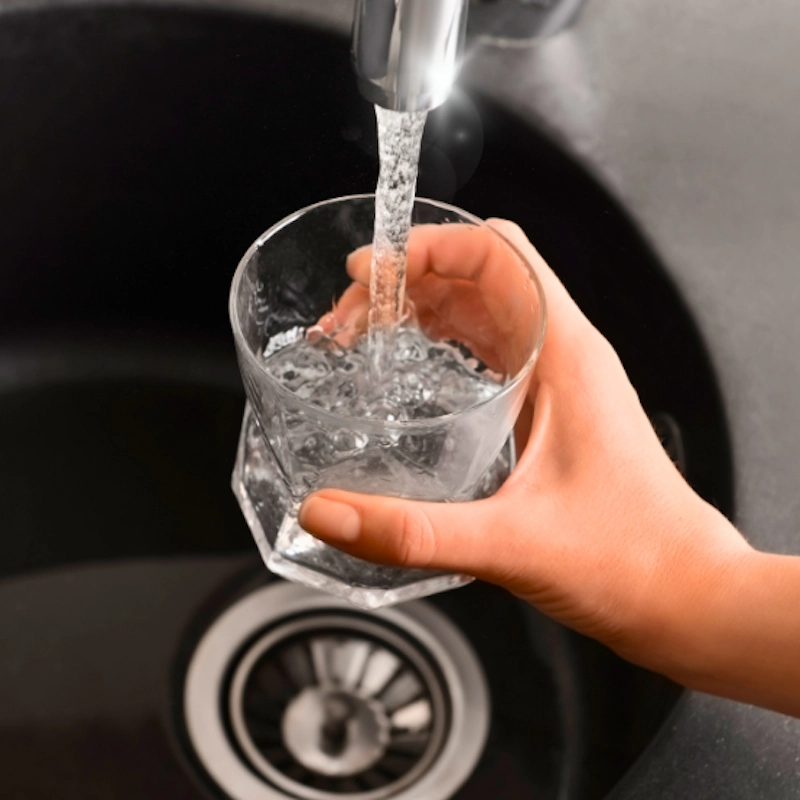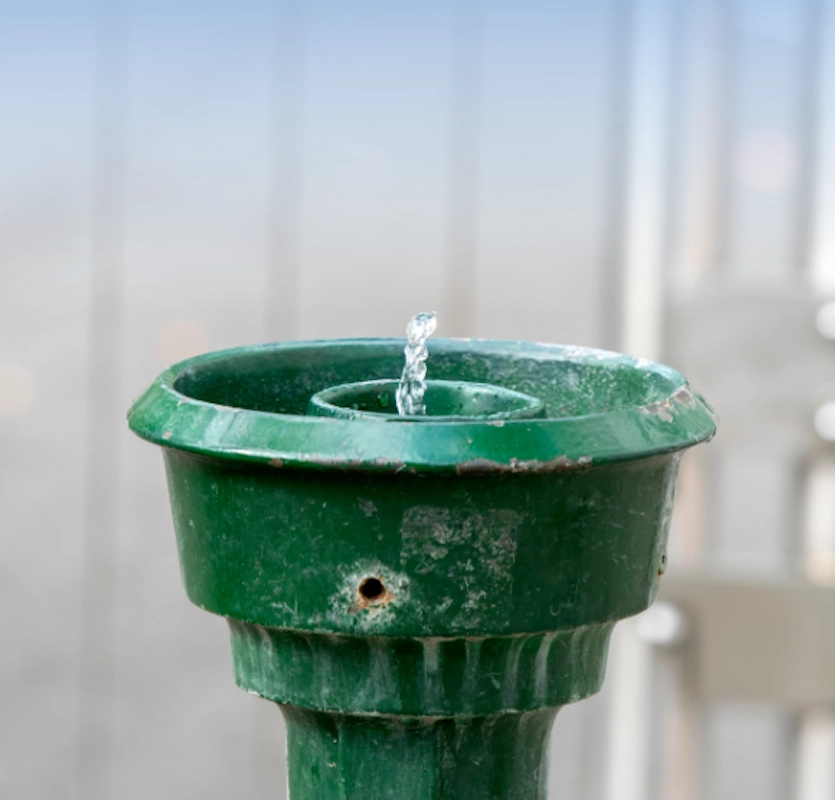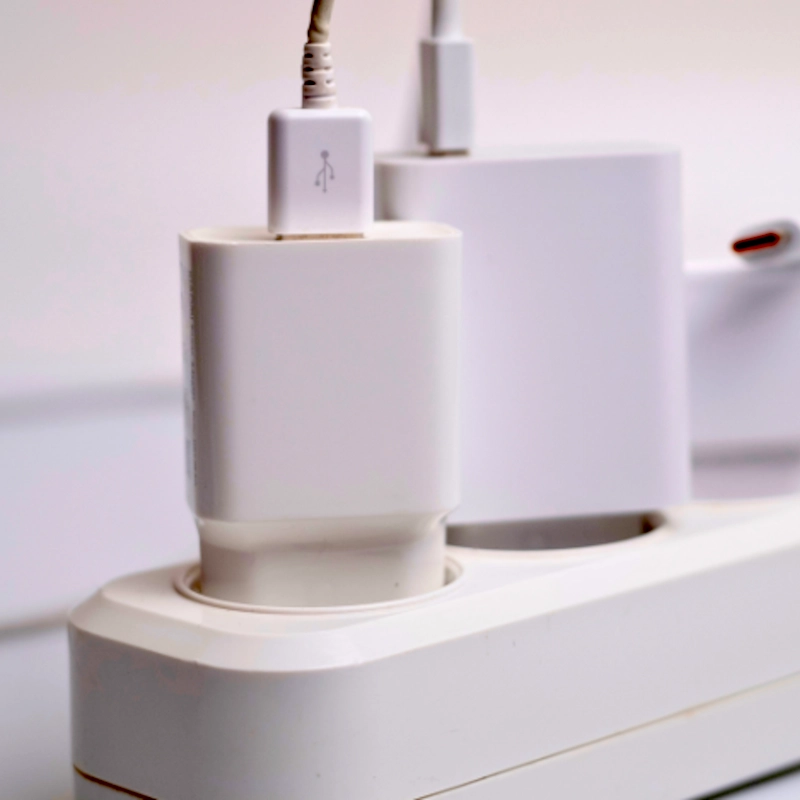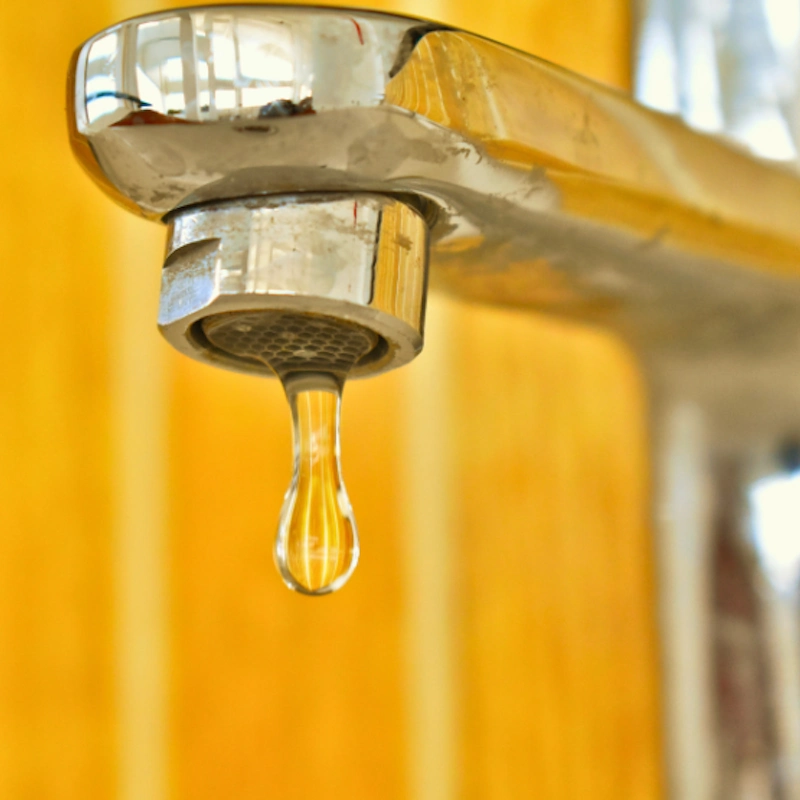Home > Travel Safety & Health > Can You Drink The Tap Water in Rome in 2026?
Share this post
Whether you're already there and realized you have no idea whether or not it's safe to drink from the tap, or you're planning ahead, you've come to the right place.
There's a lot to cover when talking about whether or not the tap water is safe to drink in Rome, Italy, but if you're in a pinch: Yes! The tap water is safe to drink in Rome.
We're going to talk all about it, how to find water in Italy's capital, and a bit about its history. We'll also share how to get tap water at restaurants (they usually bring bottled).
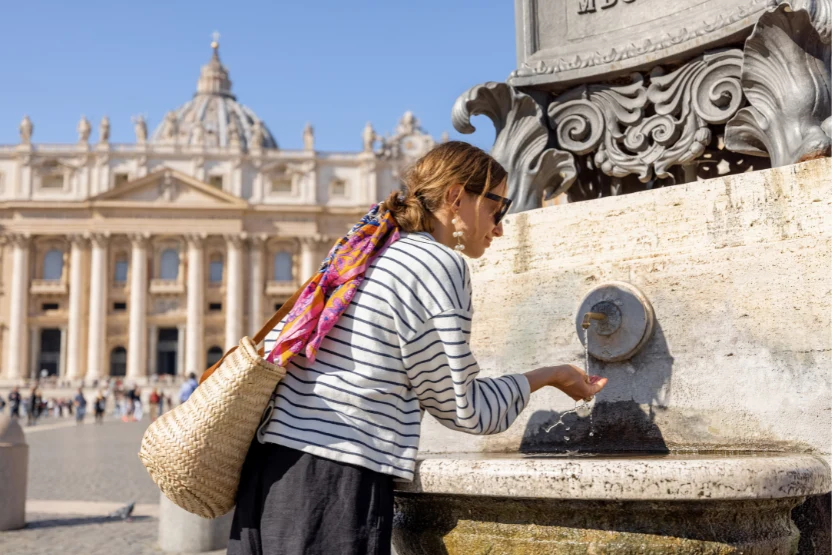
Can you drink the tap water in Rome?
Yes, the tap water in Rome is safe to drink!
This means that if you're staying in a vacation rental, hotel, or anywhere else, you can grab a glass of water and not have to worry about any negative effects.
The tap water in Rome is "safe, controlled, and sustainable" according to the ACEA, Rome's official water operator.
In fact, it manages the water services in five different regions in Italy, with monitoring and intervention happening at every step of the supply chain.
ACEA guarantees that the water arriving in cities, like Rome, has been thoroughly checked, treated, and is safe to drink.
Italy + Peace of Mind
Make sure you have the right travel insurance.
In Italy, tap water actually has to undergo analytical and safety checks by law.
According to its website, in 2023, nearly half a million analytical checks were done on the water in Rome and its province alone.
The water's origin point is mostly natural springs.
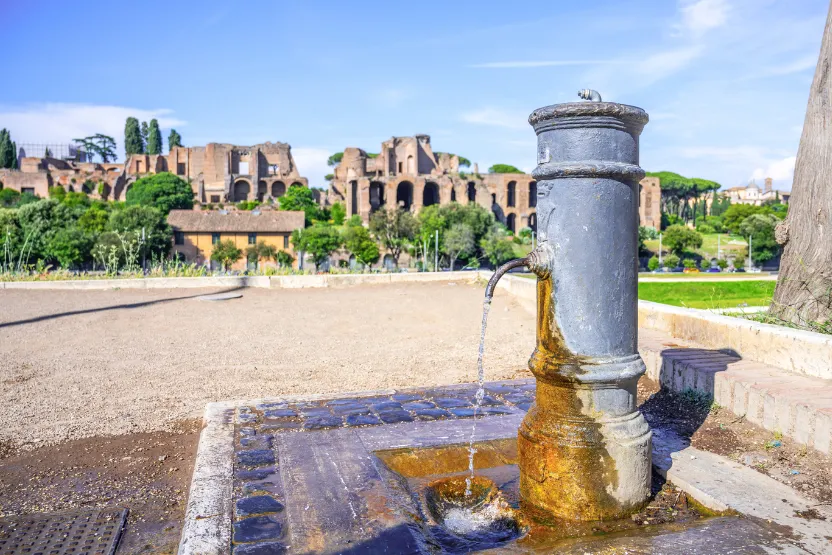
Are there free water fountains in Rome?
Rome is home to beautiful and historic water fountains around the city. They are completely free to use for residents and visitors alike.
The Nasoni fountains
Called "Nasoni" (or, big nose in Italian), public water fountains date back to the 19th century.
Rome's mayor at the time, Luigi Pianciani, decided to build a system where the people of Rome could get free water easily.
This was done by putting up water fountains in places with high foot traffic, like town squares. Originally, Nasoni were made of cast iron, but they were replaced with brass later on.
A Nasone looks sort of like a fire hydrant (in the US), but they are typically a dark gray or black color and have nozzles you can twist to get the water flowing. They don't look like the type of water fountains Americans are used to.
There are over 200 Nasoni fountains in Rome, as well as some other fountains that are potable.
Fun fact: Nasone aren't just in Rome! They're all over Italy.
Roman water houses
When enjoying your time in the city, you will also run into water houses. These water houses, which look like kiosks, have an area where you can fill up your water bottles for free.
The best part? Some of them have a choice between still and sparkling (frizzante in Italian).
All you have to do is put your bottle under the tap and press the button to get fresh water that is safe to drink.

An app for finding water
ACEA Waidy Wow is an official app that is free to download. This app is available in English, Italian, and Spanish and shows you where to find free, safe drinking water throughout the city.
It has several different educational sections and even an area for tracking your hydration. The key feature for visitors, however, is that it will point you towards the nearest Nasoni, water house, or fountain.
While exploring the adorable Nasoni is one thing you can do, you might also be interested in our guide that covers some of the best non-touristy things to do in Rome. See the Non-Touristy Rome Guide here!
Free water at restaurants in Rome
Bottled water is usually the standard at restaurants in Rome, but that doesn't mean it is free. When you ask for water, they will likely bring you a bottle, and if that's the case, you'll see it on your bill.
If you'd like tap water instead (which is free), you can ask for an acqua corrente or an acqua del rubinetto.
That said, according to multiple media sources and public forums, it is less common to ask for tap water at restaurants, and most people opt for bottled water instead.
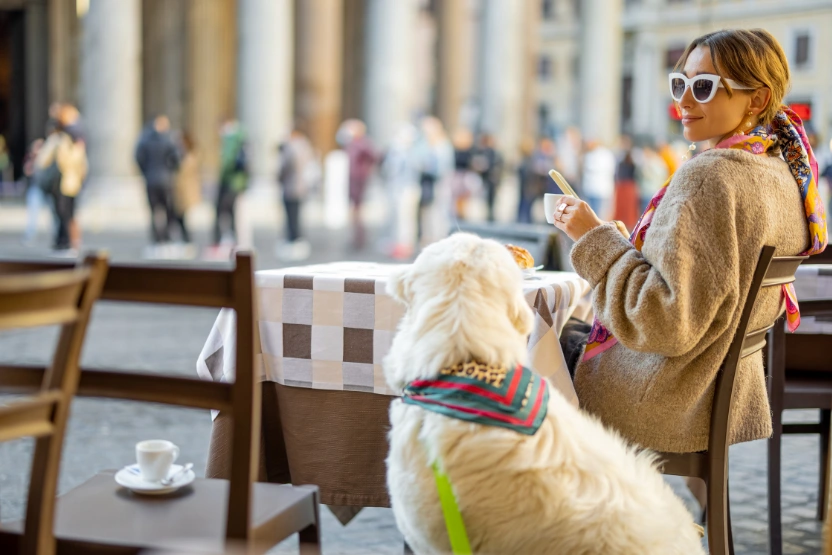
FAQs: Drinking water in Rome
Related posts
Upcoming travels ? Get Insured !
Find the right insurance for your trip by using our powerful comparison tool!
Sarah Pardi - December 19, 2025
Sarah Pardi - December 12, 2025
Sarah Pardi - December 11, 2025
Sarah Pardi - December 4, 2025

